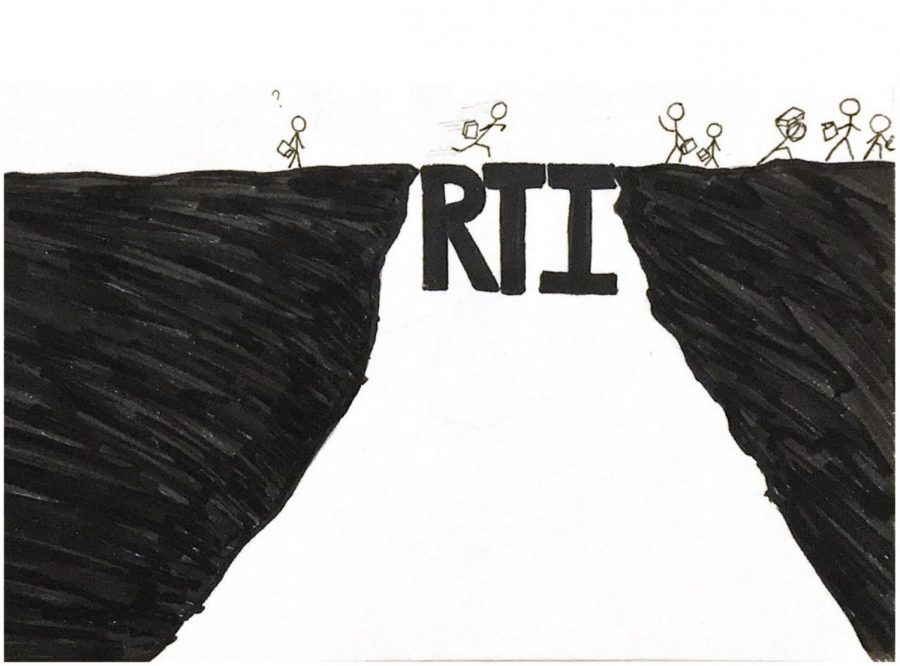Opinion: Maryland should mandate RTI
September 29, 2021
In your class of 20 kids, four of them have a learning disability. Two of those kids get help for their learning disability, but the other two are struggling to keep up in class, and don’t have an answer as to why. On average, twenty percent of children in the U.S. have learning and attention issues. Only 8% of all students have Individualized Educational Programs (IEP) for their learning differences or receive accommodations in school under civil rights statute 504.
We need to level the playing field for the sake of those two kids. We need to get children tested so that those two kids don’t fall behind permanently. To do this, Maryland should mandate Response to Intervention (RTI) in schools as a way to identify children who have learning disabilities.
RTI is a three-tiered approach to identify students with learning disabilities. A student advances to a higher tier when they are recognized as needing more help than they are getting in their current tier. Each tier has more intensive and personalized interventions than the previous one.
While it would be great to test everyone, testing for a learning disability is an incredibly expensive process, and most insurance providers don’t cover it. To help with this, the public school system is required to fund testing for students. However, not every student is accepted to receive testing, as there is a screening process to determine whether or not the child actually needs it.
RTI is the answer. The program will increase the number of students who get diagnosed with their learning disability and ensure that they receive the help that they need, while not wasting taxpayer money.
CESJDS currently uses a very similar system to RTI. The first level is done by a classroom teacher, and the last two are done by a learning specialist.
According to the RTI Action Network, the program is mandated in 14 states, at least partially. Research shows that these 14 states tend to have higher special education rates than those that don’t mandate RTI.
A PEW study shows that Rhode Island has the highest special education rate in the country. Rhode Island is, believe it or not, a state that mandates RTI completely and exclusively for the identification of students with learning differences. Rhode Island’s rate of 18.4% is not too far off from the 20% of students that suffer from learning differences and is much better than the 8% nationally that get accommodations.
Maryland is not one of the 14 states that mandate RTI. They also rank 35th out of the 50 states, plus D.C., in special education rate. Their low special education rate is an indicator of their inability to identify students with learning disabilities and give them support.
Maryland doesn’t completely ignore RTI though. In 2008, the Maryland Department of Education released a guide as to how public schools could use a tiered approach to special education. The Maryland Department of Education already supports instituting a system similar to RTI, so they should just begin mandating it.
It is true that special education services are expensive. Special education funding can account for up to 20% of a school’s budget, but the pros of the education greatly outweigh the financial cons.
That financial statistic doesn’t sound terrible. Yes, people with learning disabilities need accommodations and yes, those accommodations can cost large amounts of money, but that money is an investment. That money says to a child, “I have faith in you,” and “I believe in you.” That money ensures that one in five children will reach their full potential. And when they reach their full potential, the investment will pay for itself.
We need to ensure that every student who has a learning disability gets tested and gets adequate help. The most efficient way to do that is through RTI. Maryland should mandate RTI to help the many students who are struggling because of its absence.














